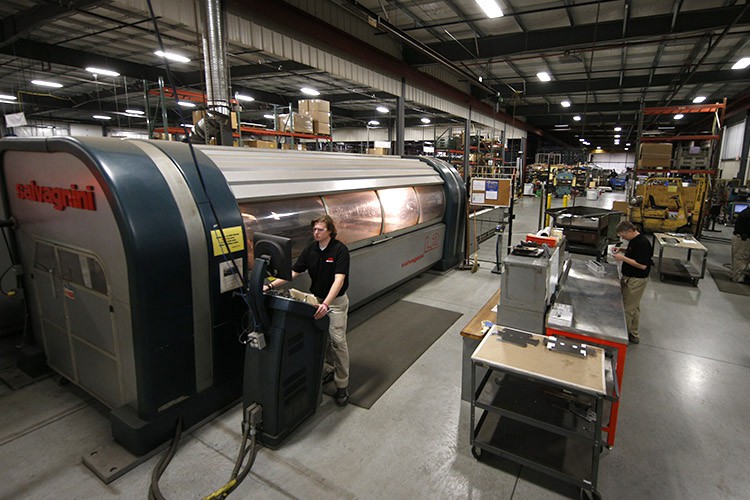When you hear about lean manufacturing (or, simply, “lean”) you might think of high-volume production lines and machines stamping out the same parts over and over all day. A prototype shop, where small batches or even single parts are the norm, seems at odds with this vision of manufacturing. Actually, it’s an excellent example of the two biggest goals of lean manufacturing: reducing waste and increasing value for customers.
For an overview of lean manufacturing, Quality Digest’s article “An Introduction to Lean Manufacturing” is a good starting point.
As a customer, you value getting the best possible product quickly and at the lowest cost. Stated another way, you need a shop that wastes minimal time, money and material as they optimize your unique part. A lean shop aims to reduce seven categories of waste: defects/errors, overproduction, waiting for equipment or staff, over-processing of parts, transportation and handling, surplus inventory, excess human motion. Some shops also consider an eighth kind of waste: human potential in terms of underutilized skill and expertise, safety and procedural knowledge.
How Lean Improves Quality and Savings for You
Seek out a shop with a dedicated prototype team where one person guides every stage (including quoting, CAD, CNC programming, fabrication and sales). This reduces time and money wasted on fixing defects and errors since this person gains close knowledge of your needs and goals. The part stays with the team, so there is less risk of miscommunication between departments and machine operators, and potential design problems are visible early on and avoided. Lean manufacturing also reduces waste of human capital. Instead of many disconnected workers scattered throughout the process, dedicated prototype workers bring their expertise in sheet metal design and manufacturability principles to the whole part development process. The bottom line: dedicated staff stay invested in the good outcome of your project.
When time is money, waiting means waste. A separate prototype manufacturing “cell” in the job shop reduces time spent waiting to fit a single part into a larger production line and time for set up and calibration of the machine. In cellular manufacturing, all needed machines and tools are in one area so they are available as soon as the need arises. No time is wasted moving in-progress parts between departments: the piece moves through all steps from start to finish in a single location. This close physical arrangement of machines means each part is completed and ready for testing faster, saving production costs.
Prototyping is an iterative process where things might not go right on the first try. How does lean manufacturing apply to a process where low-volume, high-mix production is the norm? By minimizing material waste wherever possible. Lean avoids part overproduction because engineers have detailed knowledge of the project and can find and fix problems even before the part is made. Fewer iterations means less raw material and less scrap from each attempt. Lean manufacturing also encourages reduced inventory surplus, which frees up money spent on “just in case” stores of sheet metal. Savings are invested in staff development, equipment upgrades and are passed along to customers.
Are you planning your next prototype project? Learn more about the dedicated staff and equipment at Estes Express Prototyping and see how Estes improves quality, value and savings with lean manufacturing.








